Event Registration
Gérard Mourou | École Polytechnique | Palaiseau, France
“Extreme Light for the Benefit of Science and Society”
Plenary Lecture | Monday, September 12 | 11:30 – 12:30

The advent of ultra-intense laser pulses generated by the technique of Chirped Pulse Amplification (CPA) along with the development of high-fluence laser materials has opened an entirely new fields of optics.
A CPA laser exhibits stunning capabilities. It can generate the largest field, the largest pressure, the highest temperature, and accelerating field, making it a universal source of high energy particles and radiations. CPA has been demonstrated in applications as diverse as eye surgery or space cleaning by de-orbiting debris by laser-induced rocket effect.
CPA technology produces a wide range of intensities extending from 1014 to 1025 W/cm2. In the lower part of this range, the intensity regimes of 1014 to 1017 the applications include micromachining, that can be performed on material irrelevant of its nature, i.e., ceramic, metal, biological tissue, cornea, etc. Extremely clean cuts of minimal roughness even at the atomic scale are produced. This attractive property led us to applications on ophthalmic procedures like refractive surgery, cataract surgery, corneal transplant, and glaucoma. Today, a million patients a year are benefiting from femtosecond interventions. In science, in the same intensity level, CPA makes possible to reach the attosecond frontier, offering a formidable tool to time resolved fundamental electronic processes.
For intensities >1018 W/cm2 laser-matter interaction becomes strongly dominated by the relativistic character of the electron. In contrast to the nonrelativistic regime, the laser field moves matter more effectively, including motion in the direction of laser propagation, nonlinear modulation, and harmonic generation, leading to high energy particle and radiation production. One of the hallmarks of this regime is Laser Wakefield Acceleration (LWA) where the electromagnetic energy from a laser pulse is transformed into kinetic energy producing accelerating gradient thousand times higher than those obtained in conventional accelerators. The electron beam can in turn produce a copious amount of keV radiation by betatron or Compton scattering.
For intensities at 1025 W/cm2 the laser field becomes so large that protons and ions become relativist with GeV energies. The acceleration is directly produced by the light pressure. The source size is very small, and the large acceleration gradient combine to make this source brightness better than any existing.
The coupling of an intense laser field to matter also has implications for the study of the highest energies in astrophysics, such as ultrahigh-energy cosmic rays with energies more than 1020 eV. The intense laser fields can also produce an accelerating field sufficient to simulate general relativistic effects in the laboratory via the equivalence principle like the loss of information in Black Holes.
Many CPA applications offer great benefit to humankind. We discuss a few examples capitalizing on the compactness of the CPA-based source. For instance, the generation of high energy protons and neutrons applied to the treatment of cancer i.e. proton therapy or in nuclear pharmacology where short-lived radionuclides could now be created for therapy or diagnostics near the patient’s bed. High energy protons and protons could be used in a new type of laser architectures for clean and abundant energy productions by nuclear fission or fusion.
On the environmental arena, owing to the efficient generation of high energy neutrons, it is one of our goals to use them to shorten the degree of radiotoxicity of the most dangerous elements, the minor actinide in nuclear waste.
Finally, looking onwards, particle production in “empty” space will remain one of the main scientific objectives of the field. It is the historical path which guided the field to acquire an understanding of fundamental questions on the structure of vacuum, to give us a glimpse on the propagation of light in vacuum and how it defines the mass of all elementary particles.
Finally, a novel laser architecture to reach intensities at the Schwinger level is explored. It is based on the so call the λ3 concept where the laser energy is condensed into a λ3 spherical volume leading to the highest energy densiy, intensity and the highest ponderomotive pressure. Interacting with a nanometric thin target, the reflected light be in ultrahigh intensity, single cycle and in the X-ray regime. A Successful transposition would give the field a formidable boost equivalent to the one when maser transitioned into laser, moving from GHz to PHz (Light) frequencies with high intensities.